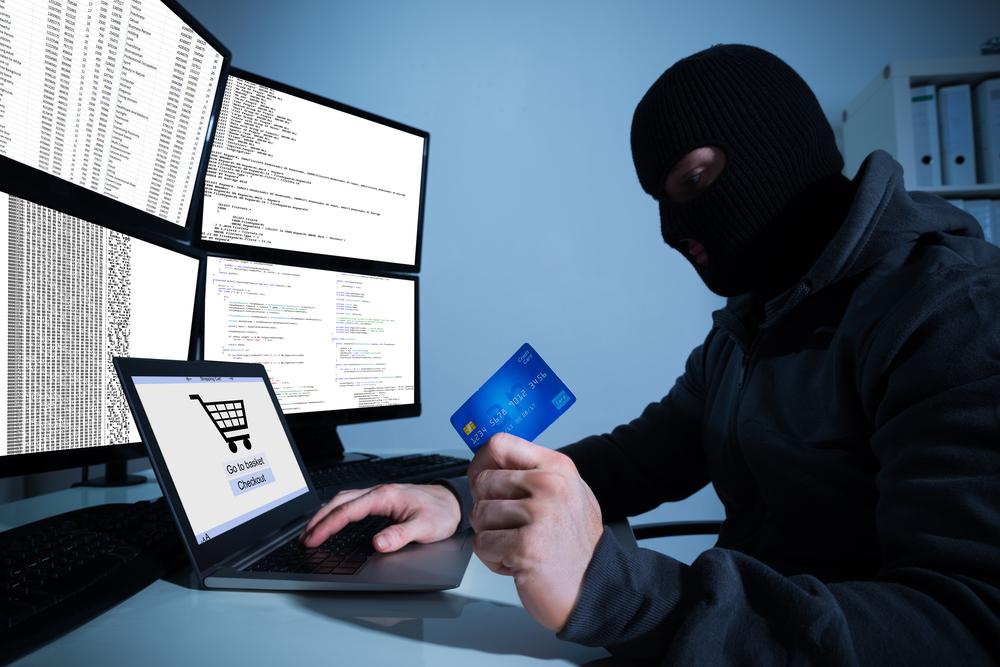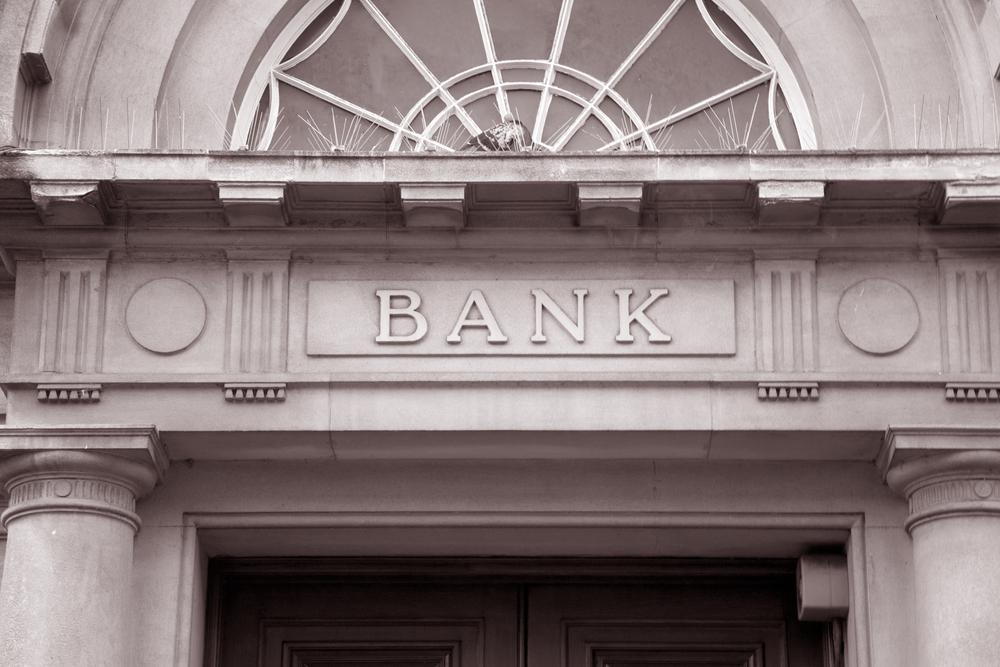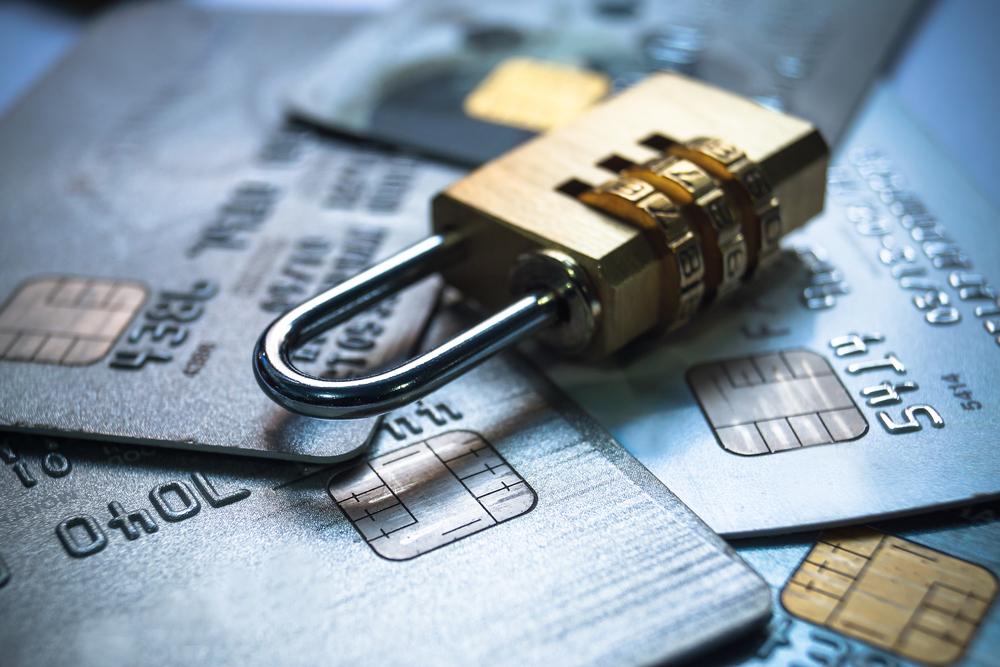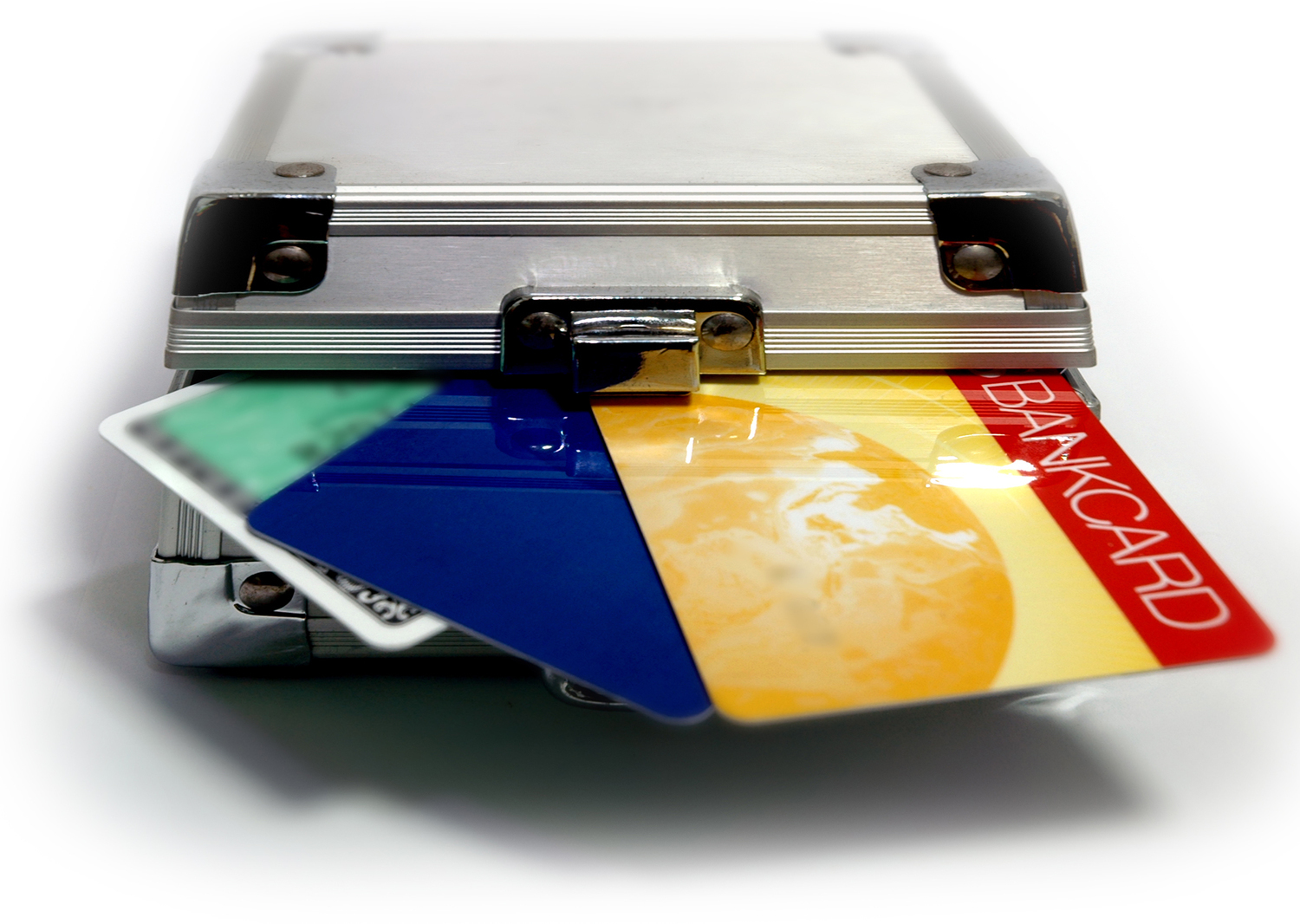Comprehensive Guide to Credit Card Fraud Prevention and Awareness
This comprehensive guide explores the various types of credit card fraud, including online and in-person scams. It offers practical tips to detect, prevent, and respond to credit card theft, emphasizing the importance of vigilant security practices. Learn how to protect your financial assets effectively in today’s digital world with this detailed and informative article.

Comprehensive Guide to Credit Card Fraud Prevention and Awareness
In today’s digital economy, credit cards are vital financial tools that offer convenience and flexibility for consumers worldwide. However, with the rise in electronic transactions and online shopping, the risk of credit card fraud has increased significantly. Understanding the various types of credit card fraud, their modes of operation, and effective prevention methods is essential for any cardholder seeking to safeguard their financial assets. This detailed guide aims to provide comprehensive insights into credit card fraud, helping you recognize threats and implement practical security measures.
Understanding the Nature of Credit Card Fraud
Credit card fraud encompasses a broad spectrum of illegal activities where perpetrators access or misuse cardholder information to make unauthorized transactions. As technology advances, fraud schemes continually evolve, demanding that consumers stay informed and vigilant. The consequences of falling victim to such scams can be financially devastating and emotionally tolling, emphasizing the importance of proactive protection.
Primary Types of Credit Card Fraud
While fraud methods adapt with technological improvements, two primary categories dominate: online (card-not-present) fraud and in-person (skimming) fraud. Recognizing these categories and their distinctive traits is crucial for implementing targeted security practices.
Online (Card-Not-Present) Fraud
This form of fraud accounts for a significant portion of credit card theft today. It involves the unauthorized use of card details over the internet without needing the physical card. Cybercriminals often obtain data through phishing schemes, malware, data breaches, or fake websites—commonly referred to as scam online shops. These perpetrators use stolen card information to make purchases, transfer funds, or even sell the data on black markets.
How Online Fraud Occurs
Cybercriminals utilize phishing emails that impersonate reputable banks or online stores, tricking users into revealing their credit card info. Malicious software can also infiltrate devices, capturing keystrokes or screenshots to gather sensitive data. Once in possession of card details, fraudsters use online platforms to execute transactions swiftly before the victim notices or can respond.
Protection Measures Against Online Fraud
Use secure, reputable websites that employ HTTPS encryption before entering card details.
Regularly monitor your online banking and credit card statements for suspicious activity.
Enable transaction alerts via SMS or email to stay informed about activity on your account.
Update your passwords and use strong, unique credentials for financial accounts.
Be cautious when clicking links in emails; verify the source before providing any personal data.
Implementing these safeguards significantly reduces the risk of falling prey to online scammers. Awareness and cautious online behavior are your best defenses against cyber-enabled theft.
In-Person (Skimming) Fraud
Although digital threats dominate today’s landscape, in-person skimming remains a concern, especially in certain retail or service environments. Skimming involves the illegal copying of card data through physical devices installed on card readers, ATMs, or POS terminals.
How Skimming Devices Work
Dishonest vendors or criminals attach small electronic devices—skimmers—over legitimate card readers that silently capture card information when customers swipe their cards. Sometimes, hidden cameras record PIN inputs to complete the data theft process. Thieves then extract the stored data to create counterfeit cards or conduct unauthorized transactions.
Detecting and Preventing In-Person Skimming
Inspect card readers for any unusual attachments, loose parts, or signs of tampering.
Cover your hand when entering your PIN to prevent camera recording.
Use ATMs located in secure, well-lit, and supervised areas.
Regularly review your bank statements for unrecognized transactions.
Though less prevalent than online fraud, skimming still poses a risk, especially in high-traffic areas. Being vigilant when using physical payment devices is essential to prevent in-person fraud.
Understanding Transaction Processes and Security Checks
Credit card transactions typically involve two critical phases: authorization and settlement. During authorization, the bank verifies available funds and approves the transaction. Settlement is when the actual transfer of funds occurs between the merchant and the bank. Most fraud detection measures focus on the authorization stage, as post-approval reversals are complex and less effective.
Security systems examine transaction details such as location, purchase amount, and merchant history to flag suspicious activities. While advanced algorithms and AI tools aid in fraud detection, consumer vigilance remains paramount.
Best Practices to Protect Yourself from Credit Card Fraud
Being proactive is your best defense against credit card fraud. Here are some essential tips to safeguard your financial information:
Regularly review your bank and credit card statements for unfamiliar charges, and report discrepancies immediately.
Avoid sharing your card details over unsecured Wi-Fi networks or through untrusted websites.
Use virtual credit cards for online shopping when possible, adding an extra layer of security.
Maintain up-to-date security software on your devices to prevent malware infections.
Set up two-factor authentication where available for added account security.
In case of suspected fraud, contact your bank or card issuer immediately to block your card and prevent further unauthorized transactions. Prompt action can limit financial losses and help recover stolen funds.
Stay Informed and Practice Security Awareness
Keeping up-to-date with the latest security practices and fraud prevention tips is essential in today’s rapidly evolving digital landscape. Follow reputable financial safety blogs, subscribe to alerts from your bank, and stay aware of recent scams circulating in your area.
By cultivating security awareness and practicing diligent checking, you can significantly lower your risk of falling victim to credit card fraud. Remember, your vigilance combined with secure habits is your best shield against financial theft.
Follow us on social media for ongoing updates on financial safety, new fraud schemes, and expert advice on protecting your assets.





